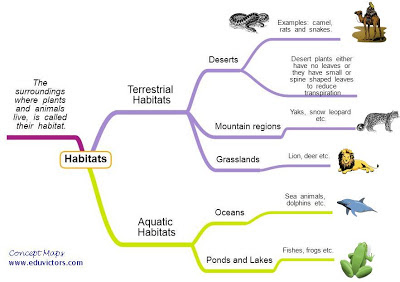Forests: Our Lifeline
 |
| Can You Identify Trees by looking at these leaves? (Answer given below) |
MCQs
Q1: The covering of large trees that serve as a roof to shelter an area or other plants in forests is called ___________.
(a) Canopy
(b) Crown
(c) Carnival
(d) none of these
Q2: Green plants synthesize their food by the process of __________
(a) Respiration
(b) Photosynthesis
(c) Crown
(d) Reproduction
Q3: Green plants are also referred as _________
(a) Consumers
(b) Producers
(c) Decomposers
(d) Herbivores
Q4: Tigers, Lions, Leopards belong to which of the following group?
(a) Producers
(b) Herbivores
(c) Decomposers
(d) Carnivores


















